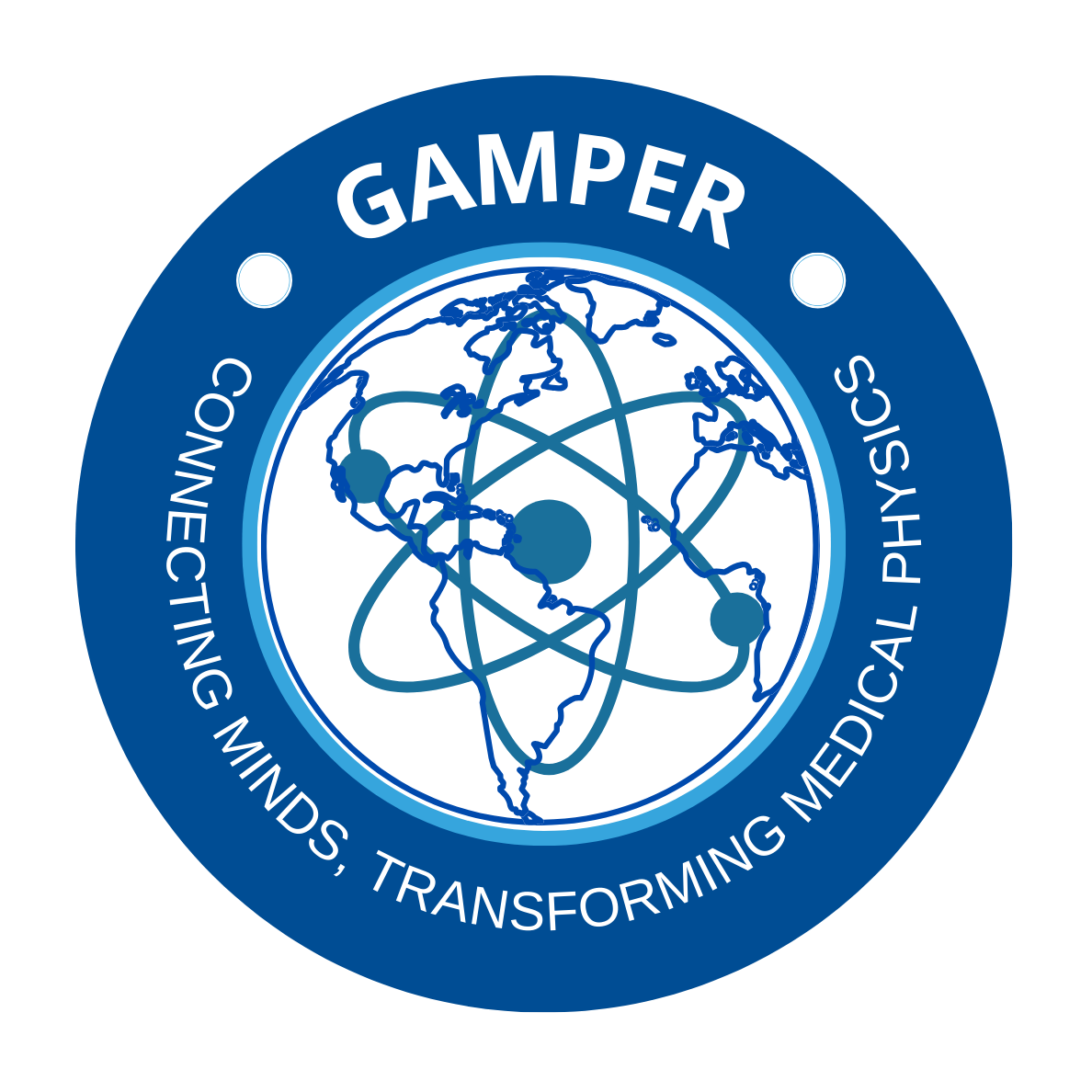Cancer is a major global health challenge, with nearly 20 million new cases and 10 million deaths recorded in 2022. The burden of this disease is expected to rise to 35 million new cases annually by 2050, disproportionately affecting low- and middle-income countries (LMICs), where access to screening, diagnosis, and treatment remains severely limited. Despite significant advancements in cancer care, many developing nations continue to struggle with late-stage diagnoses, lack of infrastructure, and inadequate healthcare resources, leading to high mortality rates.
The role of medical physicists, radiation oncologists, dosimetrists, and radiation therapists in cancer care is indispensable. Radiotherapy is recommended in over 70% of all cancer cases, yet its full potential can only be realized when delivered by trained professionals using well-maintained equipment. Unfortunately, many LMICs lack a sufficient number of skilled medical physicists, leading to inconsistencies in cancer treatment quality and patient outcomes. Bridging this gap in expertise and resources is crucial to improving global cancer care.
While there are numerous organizations working for the medical physics profession, many initiatives are designed with a broad focus, often overlooking the specific needs of developing regions. GAMPER was founded to address these unique challenges. Having witnessed firsthand the urgent need for enhanced medical physics education and training in Africa, South Asia and other resource-limited regions, GAMPER’s mission is to provide tailored solutions for these underserved communities.
Recognizing this urgent need, the Global Alliance for Medical Physics Education and Research (GAMPER) was established with the mission of advancing medical physics education, research, and clinical training in underserved regions. Our platform is designed to meet region-specific requirements, ensuring that professionals in developing areas receive the education and resources they need to improve patient care through radiotherapy and other medical physics services. Our initiatives focus on:
- Education and Training – Accredited programs, workshops, and online courses designed to build professional expertise in medical physics.
- Research Opportunities – Promoting multinational collaborations and fostering innovation in medical physics.
- Mentorship and Human Resource Development – Connecting early-career professionals with global experts to foster skill transfer and cultivate local leadership in medical physics.
- Capacity Building – Developing sustainable, region-specific programs to enhance local healthcare capabilities.
GAMPER is committed to aligning its initiatives with the United Nations Sustainable Development Goals (SDGs), particularly those focused on health (SDG 3), quality education (SDG 4), and global partnerships (SDG 17). By expanding access to medical physics education, fostering international research collaborations, and strengthening healthcare systems in developing regions, GAMPER actively contributes to building a more equitable and sustainable future in global cancer care.
Cancer is not just a health issue; it is an economic and societal burden that disproportionately affects vulnerable populations. If we do not take action now, the gap in cancer care between high-income and low-income countries will continue to widen. We must invest in education, infrastructure, and international collaboration to ensure timely, safe, and effective cancer treatment for all.
At GAMPER, we believe in “Connecting Minds, Transforming Medical Physics.” Our vision is to build a global network of professionals dedicated to reducing disparities in medical physics education and cancer treatment. We invite all stakeholders—governments, academic institutions, healthcare organizations, and individuals—to join us in this mission. Together, we can create a future where access to quality cancer care is not a privilege, but a fundamental right for all.
Director,
Global Alliance for Medical Physics Education and Research (GAMPER)
